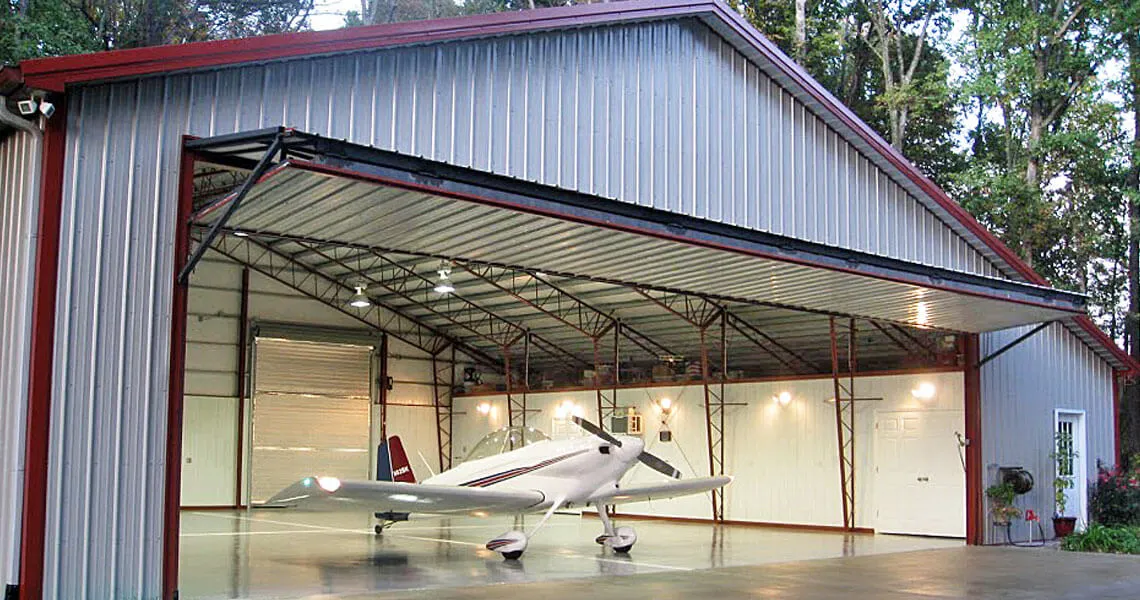- Afrikaans
- Albanian
- Amharic
- Arabic
- Armenian
- Azerbaijani
- Basque
- Belarusian
- Bengali
- Bosnian
- Bulgarian
- Catalan
- Cebuano
- Corsican
- Croatian
- Czech
- Danish
- Dutch
- English
- Esperanto
- Estonian
- Finnish
- French
- Frisian
- Galician
- Georgian
- German
- Greek
- Gujarati
- Haitian Creole
- hausa
- hawaiian
- Hebrew
- Hindi
- Miao
- Hungarian
- Icelandic
- igbo
- Indonesian
- irish
- Italian
- Japanese
- Javanese
- Kannada
- kazakh
- Khmer
- Rwandese
- Korean
- Kurdish
- Kyrgyz
- Lao
- Latin
- Latvian
- Lithuanian
- Luxembourgish
- Macedonian
- Malgashi
- Malay
- Malayalam
- Maltese
- Maori
- Marathi
- Mongolian
- Myanmar
- Nepali
- Norwegian
- Norwegian
- Occitan
- Pashto
- Persian
- Polish
- Portuguese
- Punjabi
- Romanian
- Russian
- Samoan
- Scottish Gaelic
- Serbian
- Sesotho
- Shona
- Sindhi
- Sinhala
- Slovak
- Slovenian
- Somali
- Spanish
- Sundanese
- Swahili
- Swedish
- Tagalog
- Tajik
- Tamil
- Tatar
- Telugu
- Thai
- Turkish
- Turkmen
- Ukrainian
- Urdu
- Uighur
- Uzbek
- Vietnamese
- Welsh
- Bantu
- Yiddish
- Yoruba
- Zulu
Nov . 11, 2024 09:14 Back to list
Fast Industrial Building Revolutionizing Manufacturing and Construction
In the rapidly evolving world of industrial development, the concept of fast industrial building has emerged as a transformative solution aimed at enhancing efficiency, reducing costs, and meeting the ever-growing demand for quick turnaround times. As globalization drives competition, manufacturers and construction companies are increasingly seeking innovative ways to streamline operations while maintaining high-quality standards. Fast industrial building techniques offer a strategic approach to achieving these goals.
The Need for Speed in Industrial Building
The traditional methods of construction are often burdened by lengthy timelines, with projects sometimes taking months or even years to complete. However, in today's marketplace, the speed of product development and delivery is crucial. The rise of e-commerce, just-in-time manufacturing, and customer expectations for rapid service has placed immense pressure on industries to adapt and innovate. Fast industrial building leverages modern technology and methodologies to drastically cut down construction time, allowing businesses to enter the market swiftly and efficiently.
Key Elements of Fast Industrial Building
1. Prefabrication and Modular Construction One of the core strategies in fast industrial building is the use of prefabrication and modular construction. By manufacturing building components off-site in controlled environments, companies can ensure quality while significantly reducing the time required for on-site assembly. Once delivered to the construction site, these modules can be quickly erected, allowing for rapid completion of industrial facilities.
2. Advanced Materials The development of new construction materials, including light-weight composites and high-strength concrete, plays a crucial role in accelerating building processes. These materials can be more durable and easier to work with than traditional options, enabling faster engineering solutions and reducing the overall labor time needed.
3. Digital Technology The integration of digital tools such as Building Information Modeling (BIM), drones, and 3D printing has revolutionized the planning and construction phases of industrial buildings. BIM allows for detailed visualizations and simulations of a project before any physical work begins, identifying potential issues early on. Drones can improve site surveys and logistics, while 3D printing can rapidly produce components or tools needed in the construction process.
fast industrial building

4. Lean Construction Principles The principles of lean construction focus on minimizing waste and maximizing value throughout the construction process. By adopting lean methodologies, companies can often see a reduction in costs and an increase in productivity, directly correlating to faster project completion times.
Benefits of Fast Industrial Building
The advantages of fast industrial building are profound and multifaceted. First and foremost, the reduction in construction time leads to a significant decrease in labor costs. This speedy approach also allows companies to begin operations sooner, thus generating revenue at an earlier stage. Additionally, fast industrial methods facilitate flexibility in design alterations, providing businesses the opportunity to adapt to changing market needs without facing extensive delays.
Moreover, fast industrial building often results in enhanced safety. With fewer workers on-site for longer periods, the likelihood of accidents and injuries can decrease. Furthermore, the use of off-site prefabrication can shift many of the construction risks away from the main site, where conditions can be unpredictable.
Challenges and Considerations
While fast industrial building presents numerous benefits, it also comes with challenges. For instance, the reliance on technology requires skilled personnel who are well-versed in modern construction techniques. Additionally, logistics can pose problems, especially regarding the timely delivery of prefabricated components. Companies must also navigate regulations and standards that may be less clear for innovative building techniques.
Conclusion
In conclusion, fast industrial building is not just a response to the demand for quick turnaround in construction; it is a comprehensive strategy that encompasses modern technology, efficient methodologies, and innovative materials. As industries continue to seek ways to enhance their competitive edge, fast industrial building will likely play a pivotal role in reshaping the landscape of manufacturing and construction. By embracing these advancements, companies can ensure they remain agile and responsive in an ever-changing global market, paving the way for a more dynamic future in industrial development.
-
How Do Prefabricated Steel Structures Transform Modern Construction?
NewsJul.14,2025
-
How Do Prefabricated Metal Buildings Redefine Modern Construction?
NewsJul.14,2025
-
How Do Prefab Insulated Metal Buildings and Steel Structures Revolutionize Modern Construction?
NewsJul.14,2025
-
How Do Pre - Engineered Steel Structures Redefine Modern Construction?
NewsJul.14,2025
-
Advancing Modular Construction with Prefabricated Metal Structures
NewsJul.14,2025
-
Advancing Industrial Infrastructure with Prefabricated Steel Solutions
NewsJul.14,2025
Products categories
Our Latest News
We have a professional design team and an excellent production and construction team.












